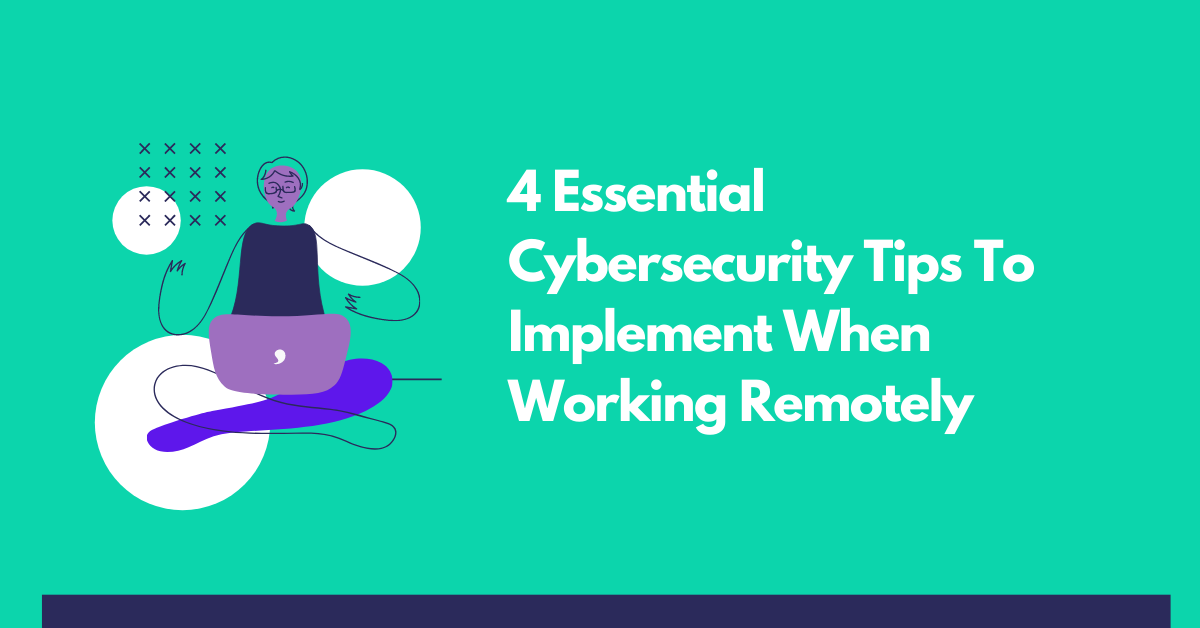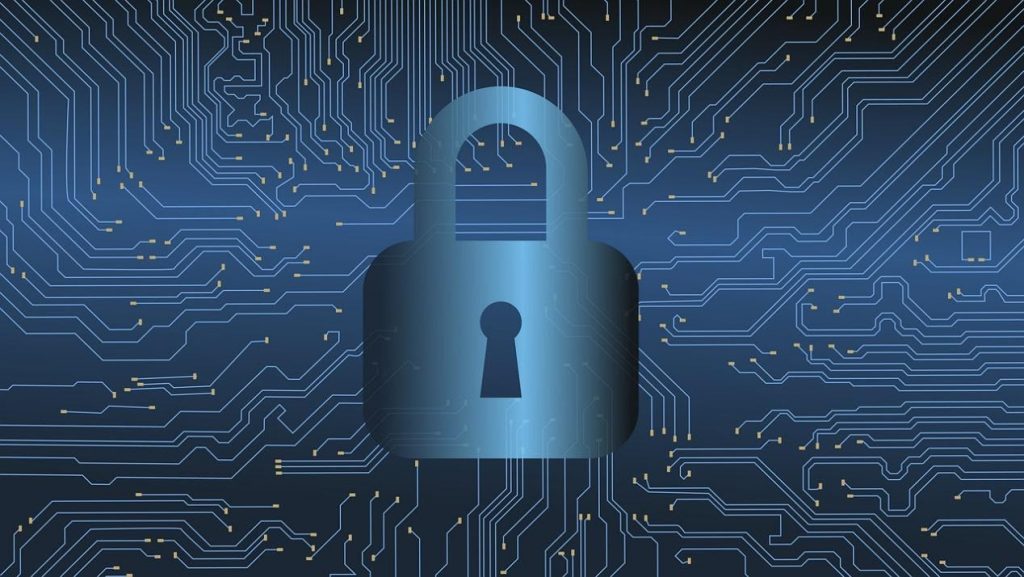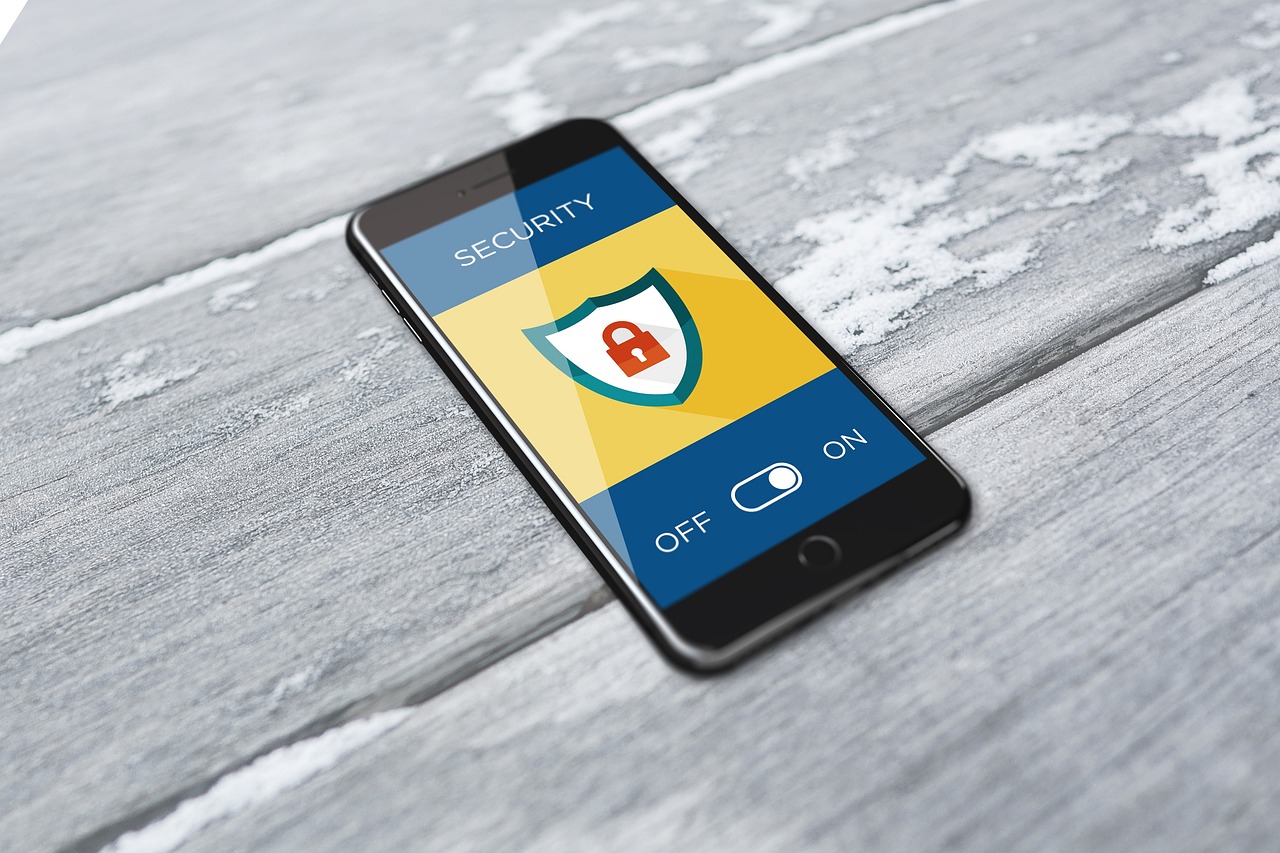I will show you the essential cybersecurity tips to implement when working remotely (WFH).
It is not only international corporations and large enterprises that are victims of cyberattacks. Cybercriminals are increasingly choosing smaller companies with less advanced security systems that do not employ cybersecurity specialists. As a result, they are an easy target of attacks and feel their effects the most.
Securing computers and network infrastructure or educating employees is not enough. Data security breaches are a big problem, and their effects can be very costly.
Cyber-attacks have increased during the pandemic when many employees work from home without always strictly adhering to security rules. What should they do, and what rules should they follow?
Fortunately, you can quickly implement a few additional solutions to increase systems security using VPN connections in addition to an email archiving solution.
Table of Contents
Cybersecurity Tips To Implement When Working Remotely
1. Train Employees on Cybersecurity
Provide your employees with comprehensive information on cybersecurity and home office topics and ensure that they are aware of the risk that unintentional negligent actions can endanger the company’s security.
Ensure that company-owned devices are used only for business purposes and to access company data whenever possible. Make sure that the latest security patches and updates are activated on the devices you are using.
2. Securely Transfer Data and Protect Documents
Sending your work documents and messages from private e-mail accounts could fall into the wrong hands. Therefore, you must always use the work mailbox. Data confidentiality should also be kept in mind when handling paper documents.
If you print company documents at home, remember not to throw them into the trash. The solution is to store them safely at home and shred them when you return to the office. You must pay special attention to information and data security that constitute a trade, professional, or official secret.
3. Endpoint Protection
Home networks rarely provide the same degree of protection as a corporate network can provide. In addition to the end devices a remote worker uses, there are probably many other devices with different security levels connected to the system. Other people in the home probably use the same network for work, study, or play.
Unfortunately, many remote users are unaware of security threats or how to detect and counter them. Additionally, home users who rely on private hardware rather than a secure business laptop are likely to be using a problematic device because they are running a different operating system than the one used by the company and have applications vulnerable to threats installed.
To make matters even more complicated, remote workers are usually on their own. The company’s helpdesk can often not help them remotely, and sending the laptop to the service usually means at least a few days of downtime.
4. Access Control
With the rapid and unplanned transition to remote work, many new remote employees may not access work laptops. This means there is a high probability that previously unknown and unsecured personal devices of employees will access the corporate network via VPN tunnels.
If one of these devices becomes infected and then connects to the corporate network, a secure VPN connection will become a channel for propagating malware cybercriminals use.
Therefore, in addition to securing endpoint devices, mechanisms should be installed in the corporate data center to identify centrally and control and monitor the activity of all devices accessing the network.
Cybersecurity Tips To Implement When Working Remotely: Frequently Asked Questions
What are the most significant cybersecurity risks when working remotely?
- Unsecured networks: Public Wi-Fi or poorly secured home networks can expose your data to eavesdropping.
- Phishing attacks: Emails and messages targeting remote workers, potentially containing malware or tricking them into divulging sensitive information.
- Lost or stolen devices: Laptops, phones, and other devices containing work data are vulnerable if lost or stolen.
- Unpatched software: Outdated software vulnerabilities can be exploited by attackers to gain access to your system.
- Unsanctioned applications: Using unauthorized software can introduce security risks and compromise data privacy.
What are some essential cybersecurity tips for remote workers?
- Secure your network: Use a solid password-protected home Wi-Fi network. Consider a VPN for extra security on public Wi-Fi.
- Be cautious with emails and messages: Verify sender authenticity, avoid suspicious attachments and links, and don’t share sensitive information unless certain of legitimacy.
- Encrypt sensitive data: Use encryption software to protect sensitive data stored on your devices or transferred online.
- Keep software updated: Regularly update your operating system, applications, and antivirus software to patch vulnerabilities.
- Use strong passwords and multi-factor authentication: Implement solid and unique passwords for all accounts and enable multi-factor authentication for added security.
- Beware of social engineering: Be wary of unsolicited calls, messages, or requests for personal information, even if they appear to come from reputable sources.
- Stick to authorized applications: Only use approved software provided by your employer or from trusted sources.
- Backup your data regularly: Regularly back up your data to a secure location in case of ransomware attacks or device loss.
What tools and resources can help me stay secure while working remotely?
- Security software: Invest in reputable antivirus and anti-malware software to protect against common threats.
- Password managers: Manage your passwords securely and efficiently with a password manager.
- VPN services: Utilize a VPN for encrypted connections when on public Wi-Fi or unsecured networks.
- Encryption tools: Encrypt sensitive data on your devices and during online transfers.
- Cybersecurity training: Educate yourself and your team on cybersecurity best practices and common threats.
- Company security policies: Follow your employer’s specific cybersecurity guidelines and protocols.
What should I do if I suspect a cybersecurity breach while working remotely?
- Report it immediately: Inform your employer’s IT department or security team about any suspicious activity or potential breaches.
- Change your passwords: Reset your passwords for all work-related accounts and any potentially compromised personal accounts.
- Disconnect from the network: Disconnect your device to prevent further damage.
- Follow instructions: Adhere to your employer’s specific instructions for handling security incidents.
You can create a secure and productive remote work environment by following these tips and utilizing available resources. Remember, vigilance and proactive measures are vital to protecting yourself and your valuable data in today’s digital landscape.
Wrapping Up
So, those are the four essential cybersecurity tips to implement when working remotely (WFH). Therefore, you should apply these measures to bolster your work-from-home ethics and cybersecurity status.
Interesting Posts
- 6 of the Best Antivirus for Enterprise
- 5 Tips For Digital Marketers To Avoid And Prevent Data Breaches
- XMR: Monero implicated in another cryptojacking scandal
- How To Overcome Remote Work Security Threats
- Coronavirus: Online Security Tips for Remote Workers
- How To Remotely Access Corporate Data Securely Without A VPN
- How To Stay Secure: 5 Top Tips When Betting Online To Implement
- Secure Remote Access VPN: Everything You Need to Know
- 4 Cybersecurity Best Practices To Prevent Cyber Attacks
About the Author:
Daniel Segun is the Founder and CEO of SecureBlitz Cybersecurity Media, with a background in Computer Science and Digital Marketing. When not writing, he's probably busy designing graphics or developing websites.









